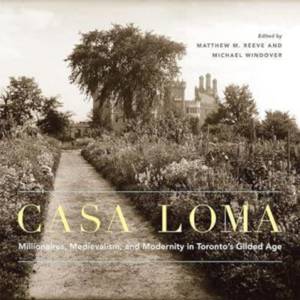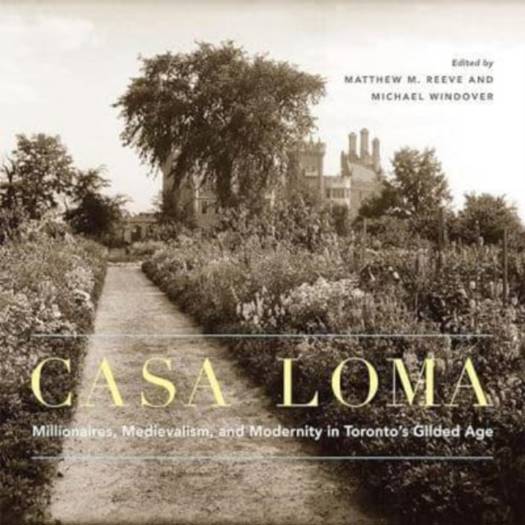
- Afhalen na 1 uur in een winkel met voorraad
- Gratis thuislevering in België vanaf € 30
- Ruim aanbod met 7 miljoen producten
- Afhalen na 1 uur in een winkel met voorraad
- Gratis thuislevering in België vanaf € 30
- Ruim aanbod met 7 miljoen producten
Zoeken
Casa Loma
Millionaires, Medievalism, and Modernity in Toronto's Gilded Age Volume 42
€ 72,45
+ 144 punten
Omschrijving
Leading architect E.J. Lennox designed Casa Loma for the flamboyant Sir Henry Pellatt and Mary, Lady Pellatt as an enormous castellated mansion that overlooked the booming metropolis of Toronto. The first scholarly book dedicated to this Canadian landmark, Casa Loma situates the famous "house on the hill" within Toronto's architectural, urban, and cultural history.Casa Loma was not only an outsized home for the self-appointed "Lord Toronto" but a statement of Canada's association with empire, an assertion of the country's British legacy. During and after the Pellatts' occupation, Casa Loma was a major landmark, and it has since infiltrated the iconography and collective memory of the metropolis. The reception of Casa Loma, variously loved and abhorred by Torontonians, reflects many of Toronto's major aspirations and anxieties about itself as a modern city. Across ten chapters, this book charts the history of Casa Loma from the purchase of the estate atop Davenport Ridge in 1903 and its construction from 1906, through to its sale and the dispersal of its contents in 1924, its subsequent life as a hotel, and finally its transformation into one of the city's major entertainment venues.Casa Loma brings to light a wealth of hitherto unpublished archival images and documentation of the house's visual and material culture, weaving together a textured account of the design, use, and life of this unique building over the course of the twentieth century.
Specificaties
Betrokkenen
- Uitgeverij:
Inhoud
- Aantal bladzijden:
- 336
- Taal:
- Engels
- Reeks:
Eigenschappen
- Productcode (EAN):
- 9780228014560
- Verschijningsdatum:
- 1/09/2023
- Uitvoering:
- Hardcover
- Formaat:
- Genaaid
- Afmetingen:
- 229 mm x 229 mm
- Gewicht:
- 1220 g

Alleen bij Standaard Boekhandel
+ 144 punten op je klantenkaart van Standaard Boekhandel
Beoordelingen
We publiceren alleen reviews die voldoen aan de voorwaarden voor reviews. Bekijk onze voorwaarden voor reviews.










